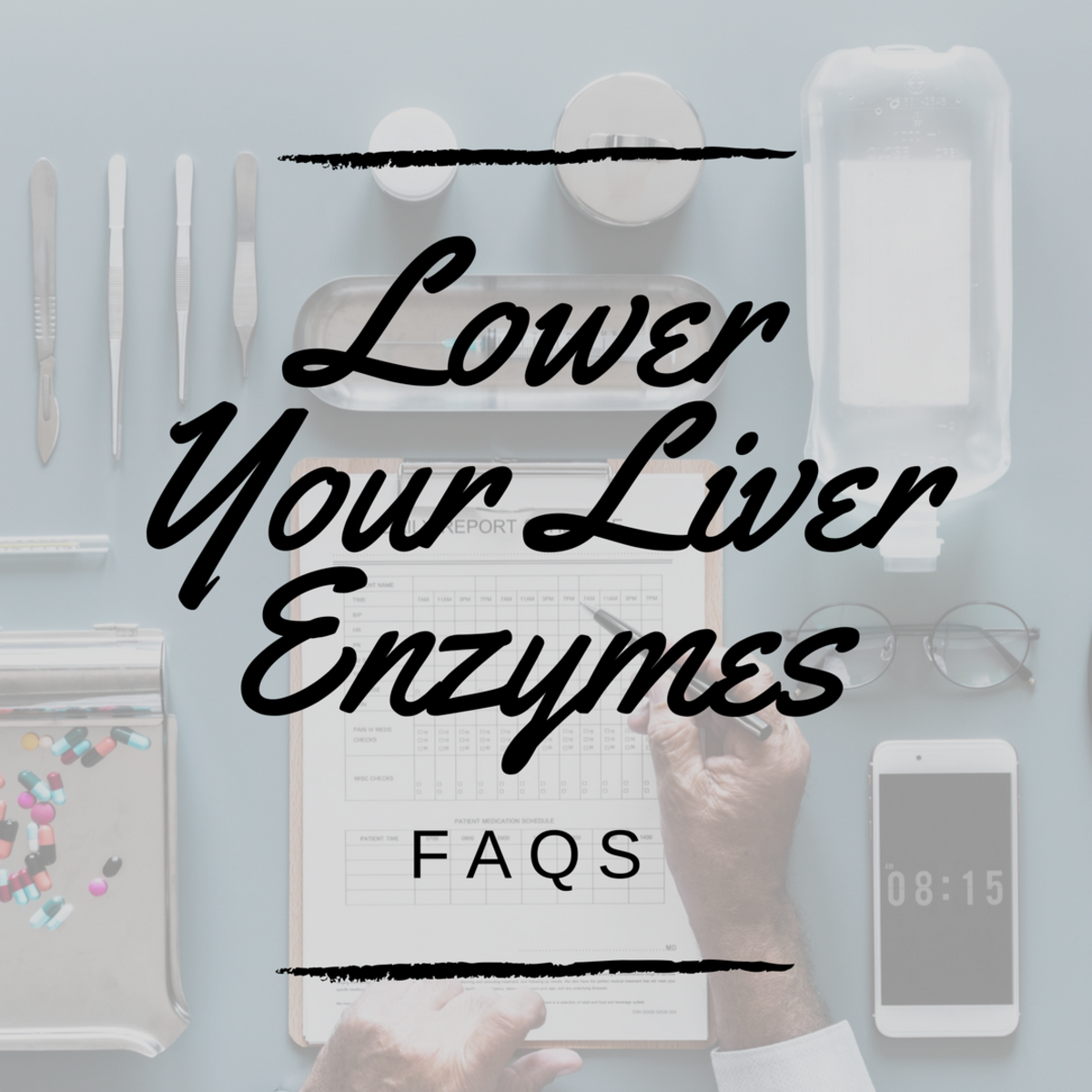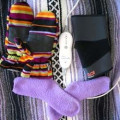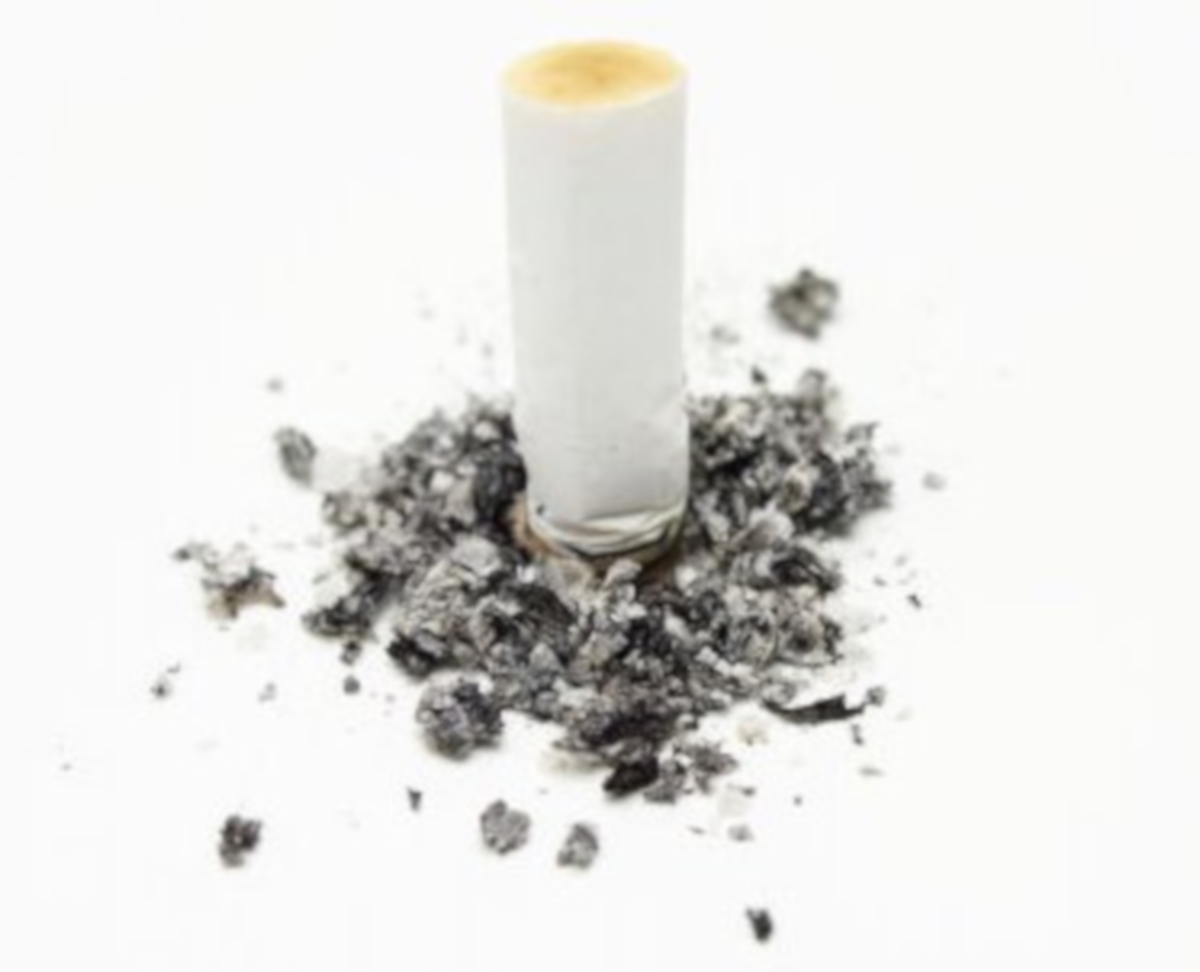Understanding Micro-sleep and Its Prevention

Micro-sleeps are sleep episodes, lasting from a fraction of a second to two minutes and often the person is not aware that a micro-sleep has occurred. They often occur when a person’s eyes are open. They can occur anywhere such as at work, at school, or while watching TV or computer screen. Episodes of micro-sleep can also happen while driving or operating machinery, which makes it a dangerous condition.
Micro-sleep rates are highly variable between normally-rested people. A propensity to fall asleep in situations, in which a sustained performance is required, may also occur in normally-rested people.
Researchers at the University of Wisconsin-Madison have found that some nerve cells in a sleep-deprived yet awake brain can briefly go "off line" into a sleep-like state, while the rest of the brain appears awake.
Causes -
The exact cause of micro-sleep isn’t fully understood. But it can be caused by a number of conditions mentioned below:
Obstructive sleep apnea – It is a blockage in the upper airway that interrupts breathing while sleeping. As a result, our brain doesn’t receive enough oxygen during sleep, which can trigger daytime sleepiness.
Narcolepsy – It is a chronic sleep disorder characterized by overwhelming daytime drowsiness and sudden attacks of sleep.
Periodic limb movement disorder (PLMD) - It is characterized by increased periodic limb movements during sleep, which coexists with a sleep disturbance. People with PLMD often have excessive daytime sleepiness.
Circadian pattern disorders - The circadian rhythm is the “internal body clock” that regulates the 24-hour cycle of biological processes. As a result, individuals with circadian pattern disorders usually complain of insomnia at certain times and excessive sleepiness at other times of the day, resulting in work, school or social impairment.
Night shifts - Combination of traveling home after a night shift causes body’s natural dip in alertness just before dawn.
Tips for avoiding micro-sleeps –
It’s important that you get enough sleep at night. A healthy amount of sleep for adults can range from seven to nine hours daily.
The following tips will help people get adequate sleep at night:
- Avoid caffeine and liquids before bed, especially alcohol if you’re already tired.
- Turn off any surrounding lights or sounds.
- Avoid stimulating activities before bed.
- Keep your bedroom at a comfortable temperature.
- Reduce blue light exposure, which electronic devices like Smart phones and computers emit in large amounts, in the evening.
- Try to sleep and wake at consistent times.
- Avoid late-night eating as it may negatively impact both sleep.
- Get a comfortable bed, mattress and pillow.
- Rule out a sleep disorder.
The following tips will help avoid micro-sleep while driving:
- Only operate a vehicle when you’re feeling alert.
- It also helps to drive with a companion who can take over driving if you become drowsy.
- Keep your mind engaged while driving to stay alert. Listen to music with a fast tempo or play an audio book or a podcast.
The following tips will help avoid micro-sleep at work:
- Participate in conversations and discussions to remain alert and attentive.
- Periodically get up from your chair or desk and stretch your legs. Being physically active can wake up your body and fight sleepiness.
- Taking a short nap lasting no more than twenty minutes, commonly known as a power nap, is a quick but effective way to feel more refreshed. At many workplaces, such power naps are allowed at the specified time.
- Above all else, don’t operate any equipment or machinery when you’re feeling drowsy or sleepy. This can lead to an accident or injury.
The following tips will help students avoid micro-sleep in school:
- Ask questions. As the teacher speaks, take down notes and formulate questions about the material you're learning.
- Stretch and move in your chair.
- Fidget quietly while you listen.
- Open a window. Warmth and poor ventilation are recipes for falling asleep in class, so ask the teacher if you can open a window to let in fresh air to circulate in the room.
- Above all, try your best to have a good night’s sleep daily.
The bottom line –
Sleep loss has become a public health problem. Generally, micro-sleeps are characterized by a decrease in activity in wakefulness-related areas and an increase in activity in sleep-related areas of the brain even though a person is awake.
Some estimates indicate that 2.5% of fatal crashes and 2% of injury crashes involve micro-sleeps during driving. Besides an increase of probability for injury at workplaces, chronic micro-sleeps decrease worker’s productivity and increase likelihood for absenteeism from work.
Taking into view its enormity of dangers, it is worthwhile taking effective steps for its prevention.
References -
- University of Wisconsin-Madison. "Micro-sleep: Brain regions can take short naps during wakefulness, leading to errors." ScienceDaily. ScienceDaily, 28 April 2011 <www.sciencedaily.com/releases/2011/04/110427131814.htm>.
- Conf Proc IEEE Eng Med Biol Soc. 2010; 2010:4448-51. doi:
- 10.1109/IEMBS.2010.5625953. Behavioral micro-sleeps in normally-rested people. Innes CR1, Poudel GR, Signal T, Jones RD.





